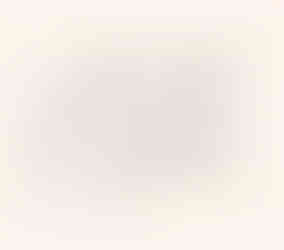Reflections from Top Shed Residency
- Ben Jenner

- May 20
- 2 min read

I recently had the privilege of spending a fortnight at Top Shed Residency in the peaceful countryside of Norfolk. Nestled among quiet fields and winding lanes, the residency offered the rare and valuable gift of time. Time to reflect, to create, and to listen to the quiet moments that often get lost in the rush of daily life. In the space of slowness, I began to explore an idea that has been slowly simmering in my practice, the ways in which we mark time.
Coming from a busy urban environment, the contrast was striking. Norfolk’s calm pace, expansive skies and ambient quiet provided space for focused thinking and creative clarity. Long walks through fields to nearby villages became a grounding routine, a way to tune in to unfamiliar surroundings, settle my thoughts, and embrace a new landscape. The sense of discovery that came with exploring somewhere new filtered in to my work, enriching both its process and content.
During my time at Top Shed, I began developing a series of prints using empty nicotine lozenge packets as printing matrices. Each print consists of a grid of black dots; minimal, deliberate impressions made using the plastic remains of a personal habit. These works are as much about the act of printing as they are the resulting image. Every mark functions as a record of a moment, a day passed, a gesture in an ongoing process of change. The process became a way of writing time, not through language or numbers, but through a visual system of marks shaped by ritual and routine.

The lozenge packets, once disposable remnants of dependancy, were repurposed into tools of documentation. In their second life as printing matrices, they transform absence into presence. There is something quietly poetic in that inversion, objects associated with habit and craving now serve as instruments to mark the process of change and renewal. I produced one print for each month of my journey, each print capturing the passage of time and the texture of daily persistence and discipline. Though the prints stand alone, they contribute to a collective narrative, a calendar of personal change. In this context, time becomes a language, the dots form characters, the prints become pages.
Top Shed gifted me the time and space to explore these ideas with intention. Removed from the distractions of everyday life, I was able to pause and turn inward. I began to see time not as something linear, but as something embodied and expressive, something that can be inscribed. This body of work continues to grow, but its foundation was laid in those quiet days in Norfolk. I am grateful for that time, and for the opportunity to reflect on time itself, not merely as a measure, but as a medium, something made visible through the language of making.







Comments